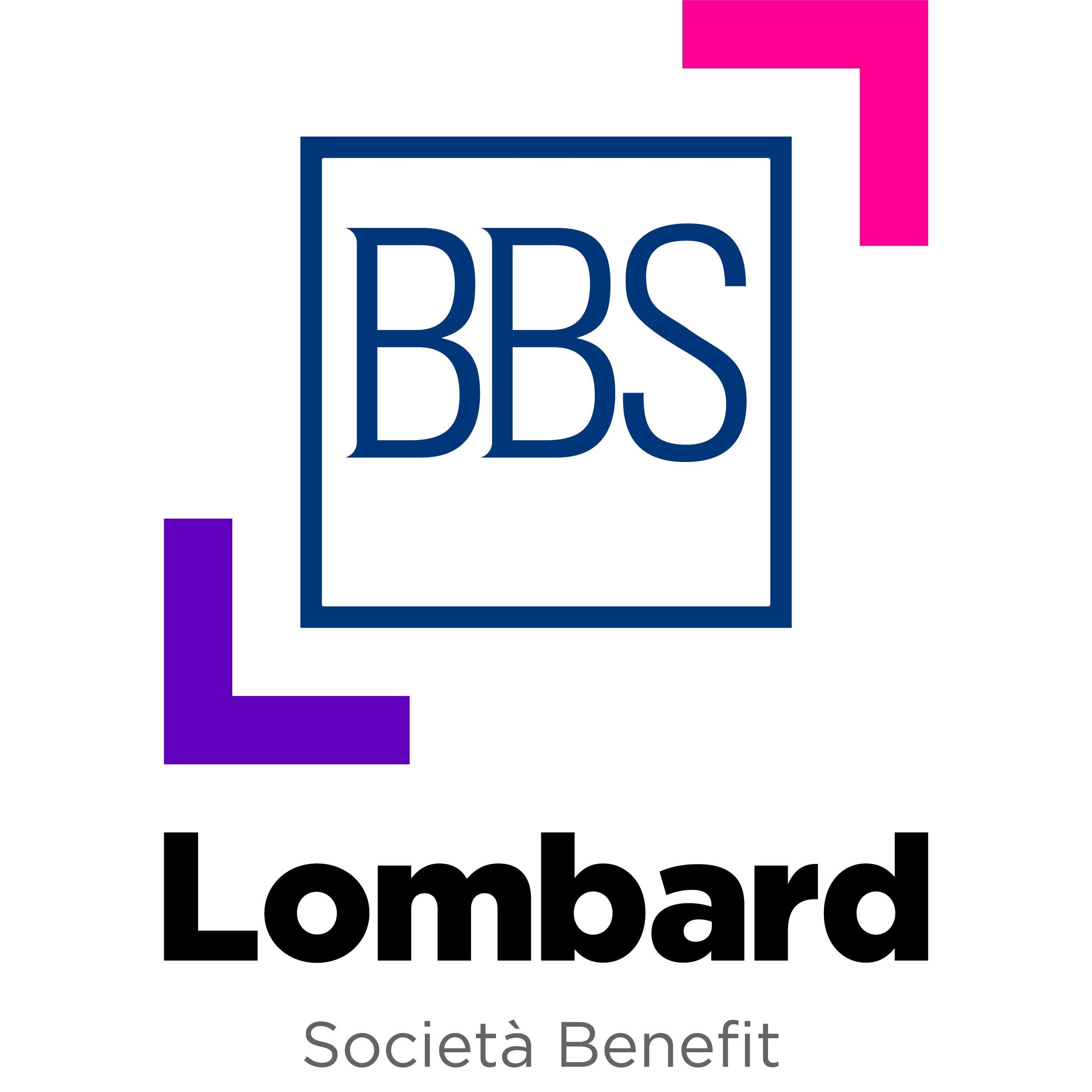ANOTHER WORLD NOW! BEING HERE AND NOW: CHRONICLE OF A PROJECT BETWEEN ART AND ACTIVISM
By Francesca Guerisoli
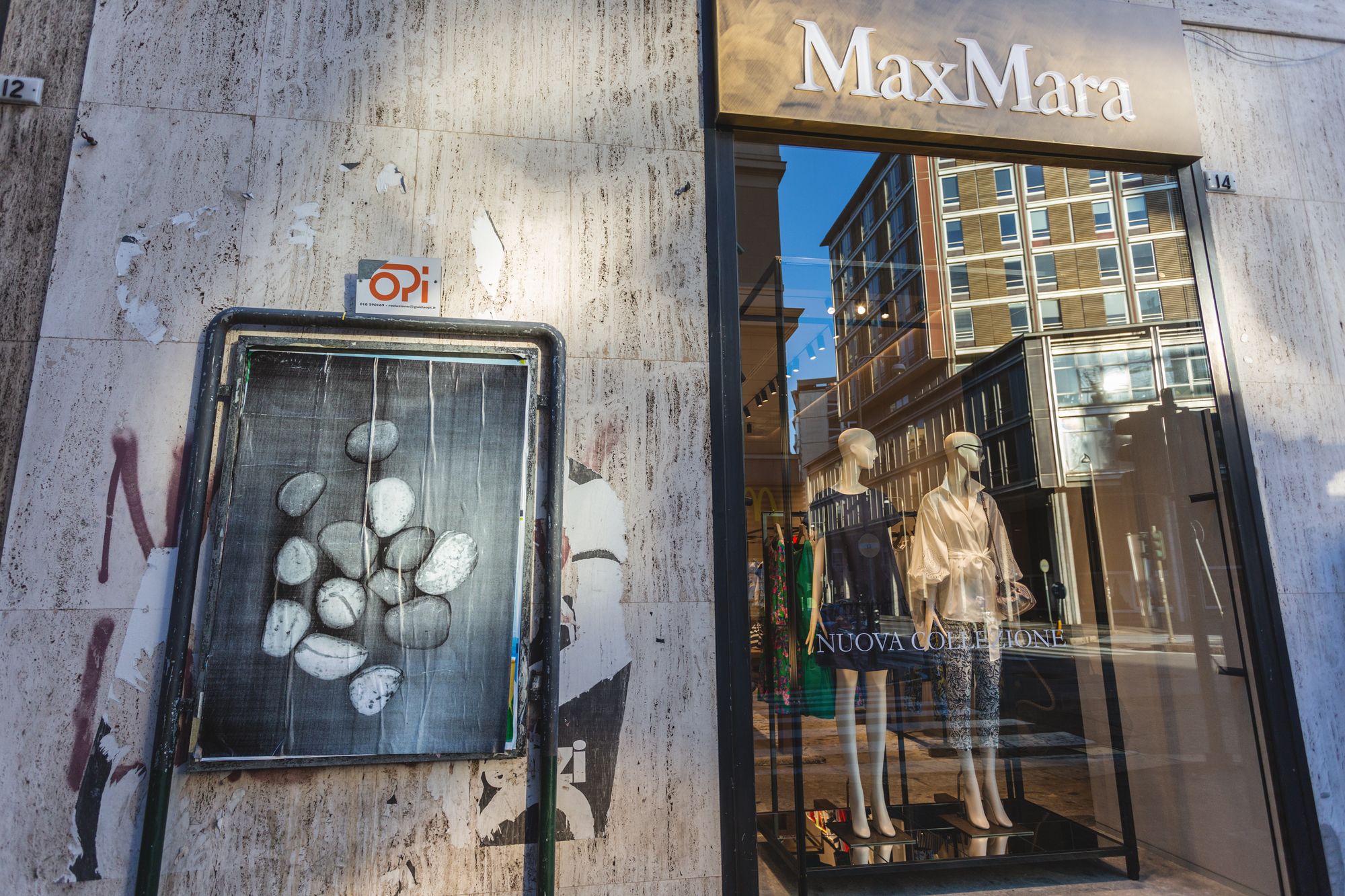
Genoa, July 19-22, 2001
On the occasion of the G8, thousands of protesters from all over the world who recognised themselves in the no-global movement (born in Seattle in 1999) poured into the streets of Genoa to criticise globalisation and assert fundamental human rights. Those days are remembered above all for the violence of the Black Blocks, who put the city to the sword, and the harsh repression of the police on peaceful and unarmed demonstrators, which marked the end of the no-global movement, the first global movement in history. Even today, twenty years later, it is difficult to open a debate on what those days were, and this is especially true in the city of Genoa, struck at the roots by what was one of the saddest events in the history of democracy in the western world since the postwar period. Despite the reconstructions and debate that followed over the years, first and foremost that of the European Court of Human Rights in Strasbourg, which condemned Italy for those events, many still look at the “people of Genoa” as foolish visionaries. But Carlo Cottarelli himself, who in July 2001 was at the International Monetary Fund, considered the number one “enemy” of those who protested against unbridled neo-liberalism, in an interview with Giuseppe Colombo published on 6 July 2021 in the Huffington Post admits that “those movements were looking forward and those who then led the international economy and finance were only partly aware of the extent of the phenomena that were happening”-
Genoa, July 19-22, 2021
Twenty years later, what has changed in the world?
Something for the better, something for the worse. The climate emergency is what is of most concern. In the summer of 2020, I imagined an artistic intervention in Genoa on the occasion of the 20th anniversary of the G8, without a celebratory or commemorative tone: the intention was to focus the attention on the memory of those days in order to look at the present and the near future. I had been given the input by a professional course held by the Association of Journalists on the Agenda 2030 (“The 2030 Agenda and the Sustainable Development Goals”), organised by the Italian Alliance for Sustainable Development (AsviS - Alleanza Italiana per lo Sviluppo Sostenibile) with the contribution of the Lars Magnus Ericsson Foundation and the Unipolis Foundation. The course focused on the 17 Sustainable Development Goals (SDGs), approved in September 2015 by the United Nations, which are to be achieved globally by 2030. The narratives and analyses described in the course, albeit with due distinction, led me back to some of the demands of the no-global movement. I am neither an economist nor an analyst of social processes. I have read past and present events and future predictions with the means at my disposal, thinking that they are connected. I shared with two colleagues living in Genoa – Carlotta Pezzolo of the Chan Arte Association and Anna Daneri – the intention to produce and curate a collective art project in the city on the 20th anniversary of the G8. From that moment on, we worked together with great momentum and positivity. Times were tight, the budget for the realisation, although small, was not yet covered by sponsors nor patrons; calls for tenders and possible requests for public funding were inaccessible due to the short time between the project and its implementation. However, there are projects that must be done even without the security of financial backing. This is one of those and we knew that if we did not find the backers, we would self-finance it. Later, a young environmental economist offered us to work with us as an intern: Maria Giovanna Lahoz, whom I had met at the conference “Sustainability in Culture, Art and Sport”, held at Teatro Pomodoro in Milan on 5 June 2021 at the end of the second-level master’s course organised by the University of Milan Bicocca and the Giangiacomo Feltrinelli Foundation. Maria Giovanna Lahoz’s contribution was very useful and allowed us to delve into issues related to the subject from a discipline we do not master.

After a series of reflections, readings and meetings, we finalised the title and concept: Another World Now. The title takes up the motto of the no-global movement “Another World is Possible”, which we had already taken up in the exhibition ten years earlier, on the tenth anniversary of the G8 and co-curated by Stefano Taccone at Palazzo Ducale in Genoa (again with the Chan Association at our side), turning it into the question “Is Another World Still Possible?” After twenty years, it can no longer be “only” a question, but must be an urgent necessity: “Another world is necessary”. So, twenty years ago, the slogan “Another world is possible” marked the distance between what was and what should have been. Between the status quo and the horizon of a different world. A polarity so ambitious that it risked creating a furrow between realists and dreamers, between a world we should have accepted and another impossible to build. Those same theses that informed the no-global movements, which were considered the thinking of diehard visionaries, now occupy the heart of the world agenda. Another World Now was born from this consideration and from the need to initiate a collective confrontation through art, aware that we are in a historical moment of extreme fragility aggravated by the Covid-19 pandemic. The project measured itself against the legacy of the no-global movements twenty years after the G8 in Genoa with an eye on the 2030 Agenda for Sustainable Development, so that it would not remain just a “beautiful promise” but a set of concrete actions. It was not easy to link Genoa 2001 and the 2030 Agenda without falling into rhetoric. Just as it was not our intention to celebrate the 2030 Agenda as salvation, but to look at it with the attention of active citizens. In the Another World Now press release we expressed the concept of the project: The 2030 Agenda for Sustainable Development is based on the idea of a different world; it is described as an action programme for people, planet and prosperity, signed on September 25, 2015 by the governments of the 193 member states of the United Nations and approved by the UN General Assembly, which includes 17 goals divided into 169 targets to be achieved in the environmental, economic, social and institutional spheres by 2030. These goals, if truly pursued, would represent a common basis from which to build a different world - as the Agenda states - and give everyone the chance to live on a sustainable planet. The Agenda involves every component of society and aims to end poverty, fight against all forms of inequality, racial discrimination and reduce the gender gap. The Agenda aims to ensure sustainable patterns of production and consumption by promoting inclusive economic development and ensuring sustainable use of the earth’s resources and ecosystem. These goals seem to look, albeit from a distance, to certain instances of the no-global movements; an institutionalised integration of the suggestions of authors (such as, for example, Naomi Klein or Vandana Shiva) who have inspired the movement’s ideologies. The task of civil society will be to monitor that these ambitious and at the same time achievable goals are reached, in the knowledge that another world is no longer only possible, but necessary and practicable. Another World Now therefore stands between possibility and practicability; it represents the maturity and ripeness of a process and speaks of the need for a political, institutional and cultural change. Who better than artists, who follow possibility as their star, can think of other worlds? The enrolment of Another World Now in the network “Genoa 2001 twenty years later: another world is necessary” allowed us to become part of the programme drawn up by over 30 national and local associations, who set up the programme of initiatives held between July 18 and 22 in different places in the city, from the centre to the suburbs: from Palazzo Ducale to the Port Authority Circle, from the Giardini Luzzati to Music for Peace.
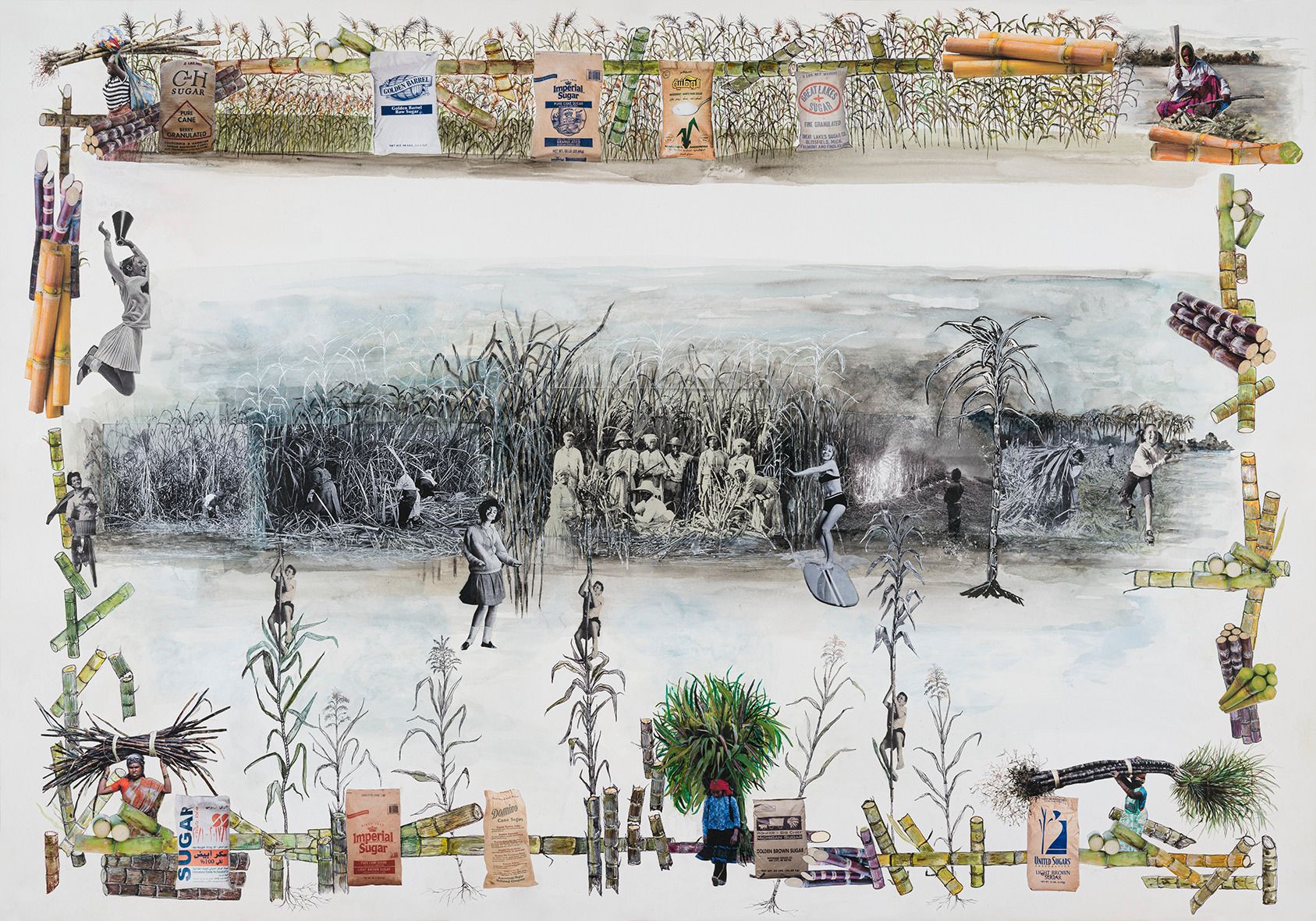
The actions of Another World Now grew as the project took shape. We had discarded almost immediately the idea of doing an exhibition in an art space, because the intention was to go into the heart of the city, among the citizens, and not to address only the art public. We had the problem of having to contain the budget as much as possible, at least until the first sponsors arrived to guarantee the implementation of the project in its essential elements. We invited twenty artists to participate in the project, whose work has for years addressed issues such as gender equality, ecology and the fight against climate change, justice, peace, brotherhood between peoples, sustainable cities, and human rights activism: Giorgio Andreotta Calò, Simona Barbera, Ruth Beraha, Gabriella Ciancimino, Ronny Faber Dahl, Elena Bellantoni, Chto Delat, Circolo Bergman, Leone Contini, Dora García, Domenico Antonio Mancini, Elena Mazzi/Eduardo Molinari, Marzia Migliora, Chiara Mu, Giuseppe Stampone, Serena Porrati, Oliver Ressler, Beto Shwafati, The Cool Couple. A significant fact is that no artist turned down the invitation, although no reimbursement nor remuneration was provided. The project took the form of performances, urban actions, postcards, posters and video projections spread throughout the city of Genoa, among the city streets, the former Gioiello porn cinema (which had become a cultural space, still to be inaugurated at the time), and the exhibition space of the Chan Association: (...) the artists immerse themselves in the city of Genoa, questioning the possibility and necessity of change. Among the topics of this project are: discard, elements with no market value, the rewriting of history by admitting exclusions on the basis of gender and/or ethnicity, the new relational regime established by the pandemic, the delocalisation of places, reflection on technologies and their ‘obscure’ implications, the diffuse temporalities of an interconnected planet.
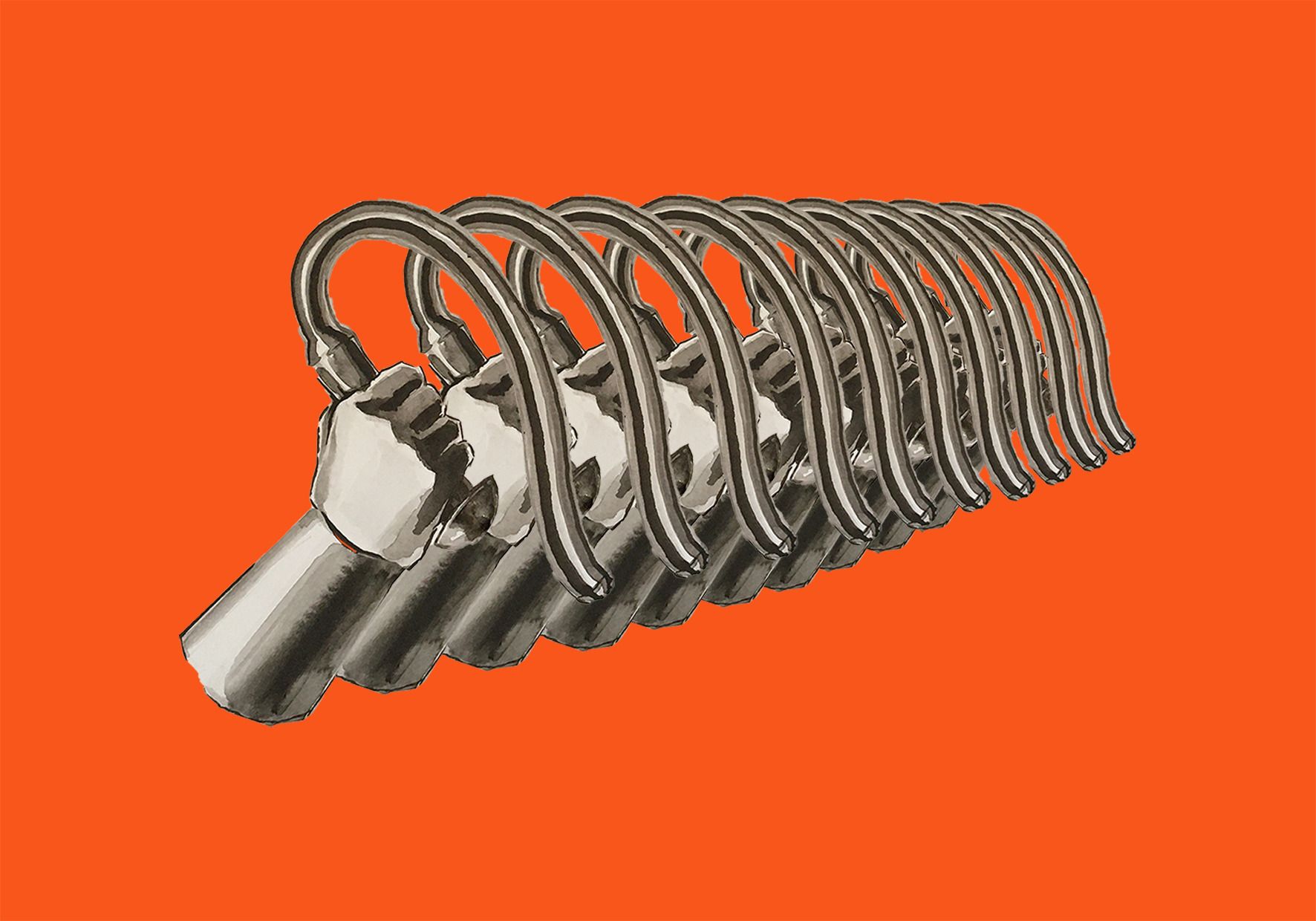
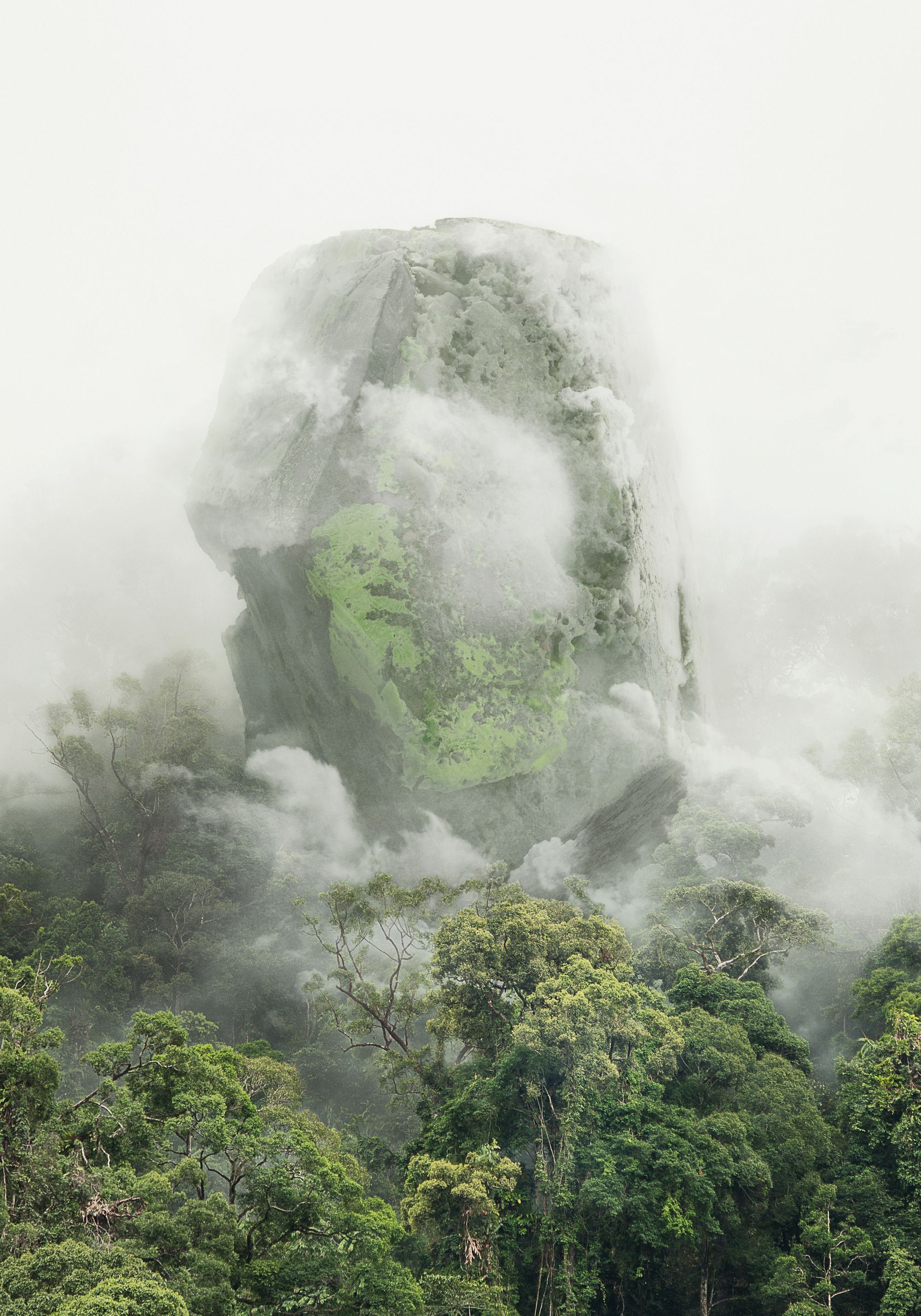
We printed 6,000 postcards with the 20 selected works and, on the reverse side, the essential project data and the concept of each work. The postcards were distributed in the city during the days of the 20th anniversary events: at Palazzo Ducale, the venue of the conferences organised by the network of associations led by Amnesty International; at Music for Peace, another venue where meetings, shows and debates took place during those days; and they could also be found at Chan’s, where Simona Barbera and Ronny Faber Dahl’s exhibition was installed. Hundreds of postcards had already been printed with the aim of delivering them to other institutional venues, such as the European and Italian Parliaments, universities and places of culture, as well as to a number of personalities with important and decision-making roles in the discussion on the environment, immigration and gender equality.
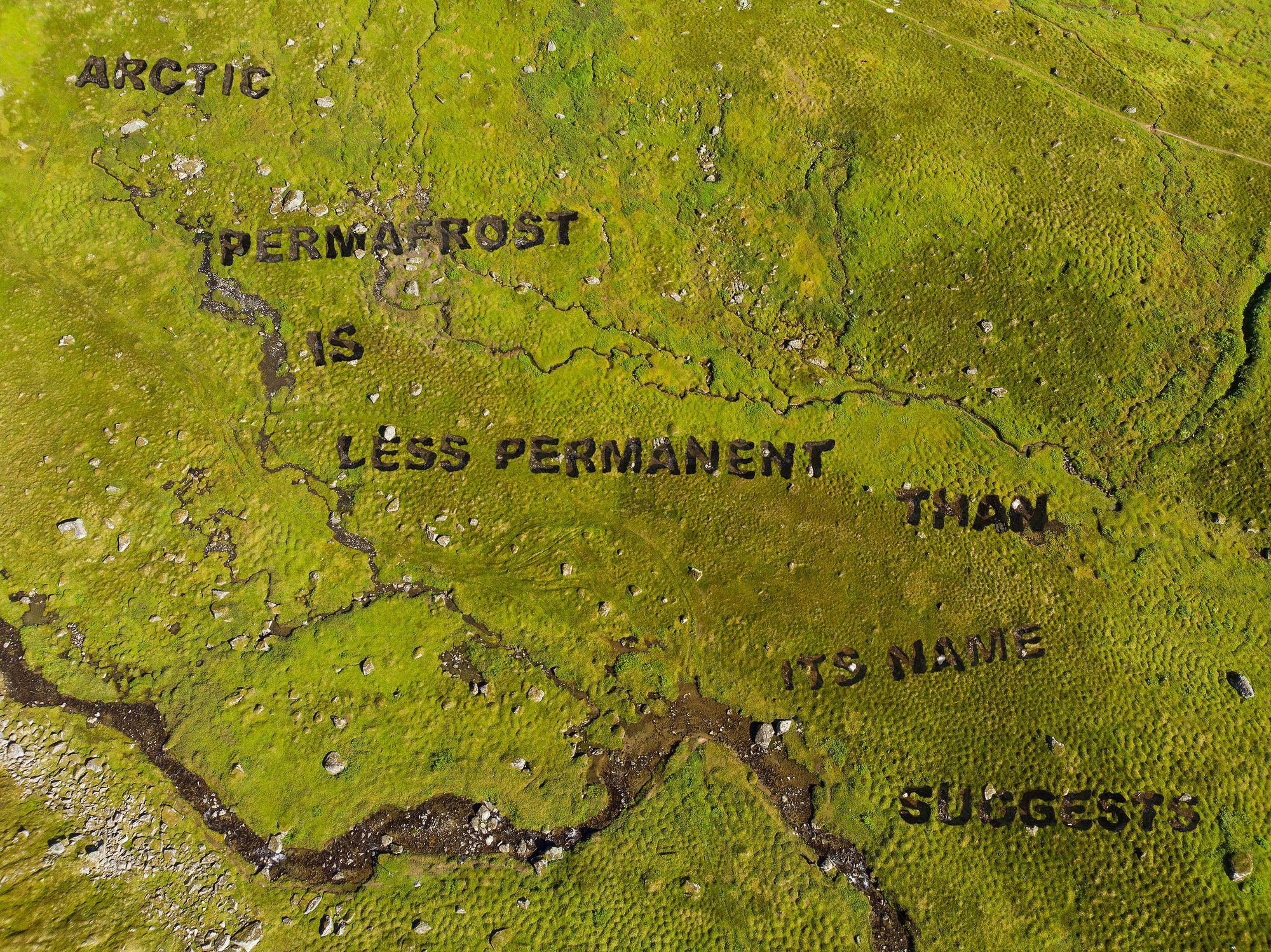
The patrons and sponsors eventually arrived and allowed us to reprint the postcards and to launch a dual channel poster campaign, public and private, as well as to offer accommodation in the historic centre for artists who wanted to come to the city on those days. Genoa was thus “invaded” by the posters of the twenty artists, which only bore the image of the work without any element leading back to the project or a name. The choice, on our part, not to provide identification was aimed at creating a gap in the vision, accustomed as we are to seeing commercial initiatives in those spaces. The posters freed the gaze from that lens, creating a displacement, a question: what is this about? Among the twenty images there were some that were more narrative and others that were more abstract. As chance would have it, it was precisely in Piazza De Ferrari, the square overlooked by Palazzo Ducale, the site of the 2001 G8 summit, that the poster that Giuseppe Stampone had created especially for the project was installed by the billboard company in charge, in memory of Carlo Giuliani and the people of Genoa (Made in Italy, 2011, Bic pen on paper, 100x70 cm, now in Eugenio Viola’s collection). Among the most engaging moments of the project were what we called the “shared posting”: in the historic centre (the ‘carruggi’), armed with posters and stickers, we met with residents and shopkeepers informing them about the project and asking them if they would like to choose a poster. With enthusiasm, a good number of shopkeepers accepted the proposal and provided surfaces for posters (shop windows, walls, doors). Anyone who came across a poster in the city and then came to the Palazzo Ducale would have had the answers to the questions the poster asked them. In the main courtyard of the Doge’s Palace, on the 20th anniversary days, a video was broadcast on a loop presenting the slide show of the overall project with the twenty posters and their descriptions. The municipal posters, however, did not go as planned. Apparently, there was an impediment on the part of the competent office, which meant that the posters were not put up on the agreed and already paid for those days, so the public circuit posters, which covered the peripheral areas of the city, were put up the following week. The project was also expressed through the social channels Instagram and Facebook created for the occasion, as well as the Chan Association website. The collaboration with the former Gioiello porn cinema made it possible to organise three video screenings on July, 18, 19 and 20, featuring the works of Chiara Mu,P&V (Police and Violence), 2009 and Acqua (Water), 2021; Elena Bellantoni, Corpomorto, 2020 and The Fox and the Wolf: Struggle for power, 2014; Beto Shwafaty, Afastando el pueblo. Fantasmas de la riqueza, 2015-2016; six videos by Oliver Ressler from the series Everything’s coming together while everything’s falling apart, 2016-2020; and the Russian collective Chto Delat (Nikolay Oleynikov Dmitry Vilensky Olga Tsaplya Egorova) with Learning Station #2, Free Home University, People of Flour, Salt, and Water, 2019.
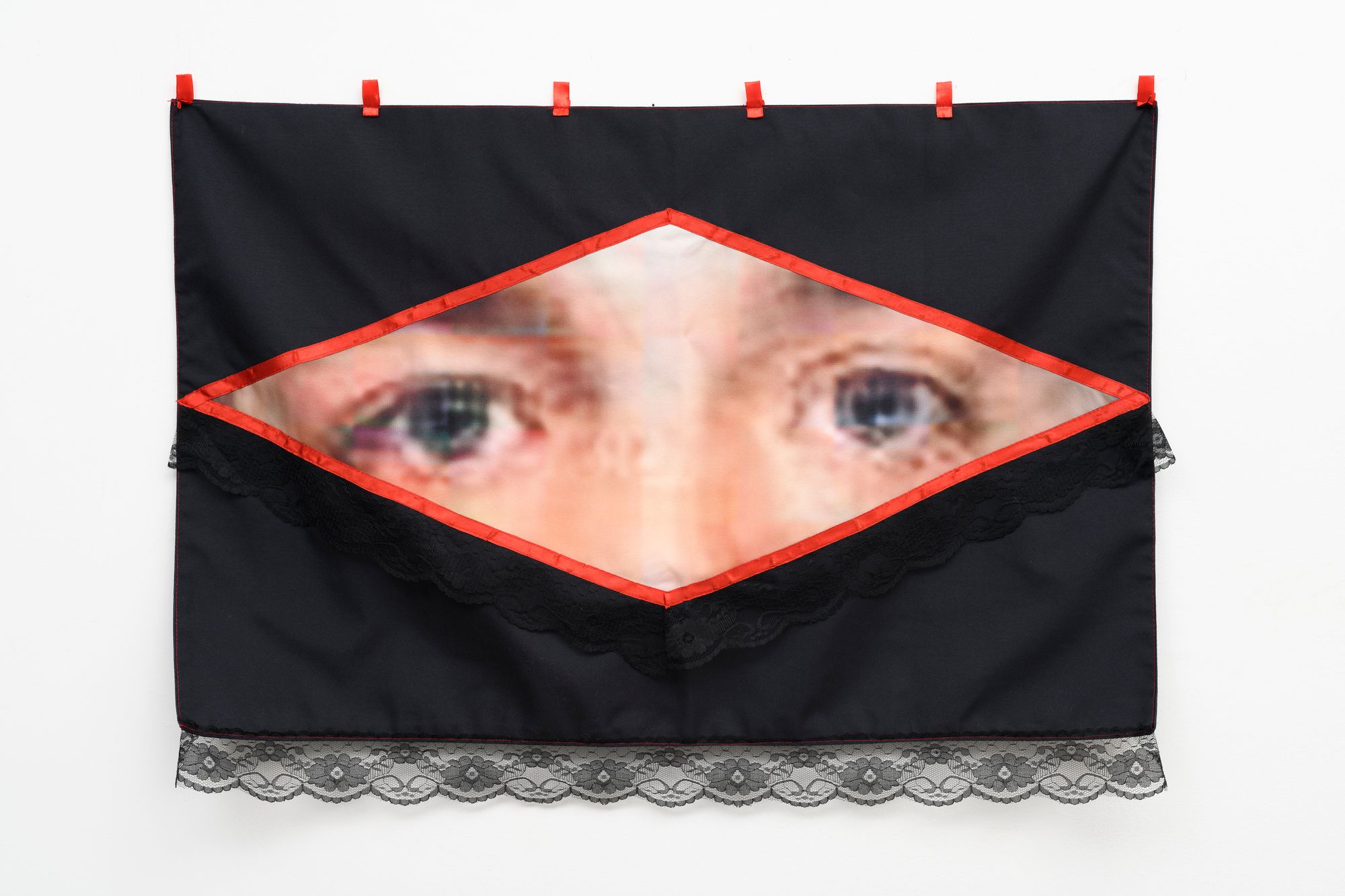
Finally, the performances. Chiara Mu, Circolo Bergman and Giorgio Andreotta Calò created three actions (two new and one reenactment). Respectively, Acqua/ Water, a relational performance in collaboration with documentary filmmaker Angelo Loy, Traccia by Circolo Bergman, and Tracciato del cammino percorso in Genova on the night of 21 July 2013.
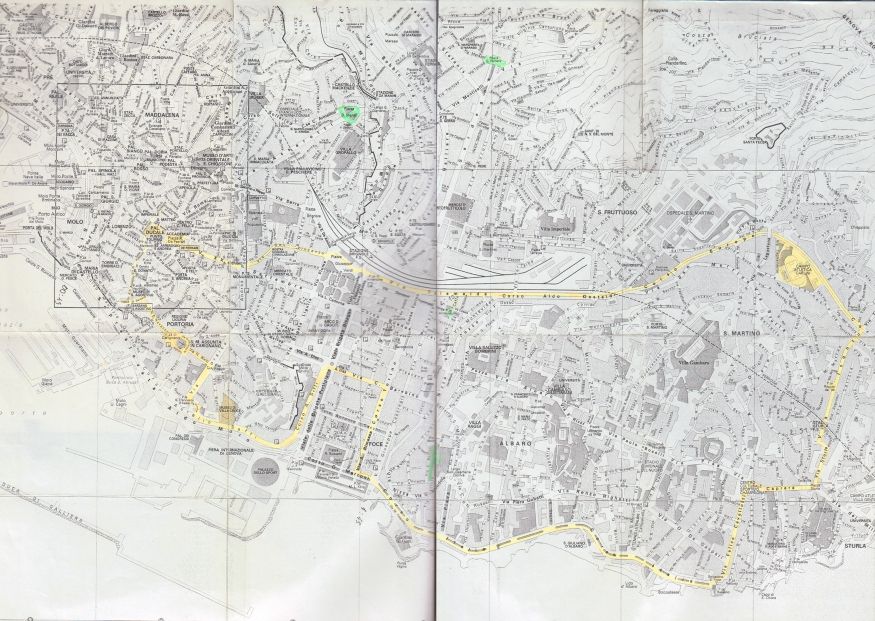
Chiara Mu performed Acqua/Water on July 14-15, 2021, and subsequently made a video out of it, which was screened at the former Cinema Gioiello. The artist’s intention was to perform an act of care, to give back to the people of Genoa the water received by the demonstrators during the procession on July 21, 2001: The city, described by the media for months and months as hostile and closed, has on the contrary embraced us with spontaneous acts of welcome and solidarity, and the most relevant one was to rain water from balconies and windows to make us breathe and move forward in a hellish sultriness, in the dust and heaviness of a death that had just occurred. Twenty years later, I intend to invite every inhabitant of the buildings along that route to share a glass of water with me, reflecting on the history and memories we shared in the diversity of our experiences. The reactions of the Genoese people involved in the project were varied and showed how open the wound of the events of 20 years ago still is. Circolo Bergman interviewed in the weeks before seven people who, in various capacities, took part in the G8 and asked them the question of how the world had changed since then. The interviewees included protesters who came from other regions, teachers, cultural operators, an organizer of the immigration march, and finally a member of the police force. For each interview, they created an audio track and a QR code printed on stickers. The seven stickers, printed in hundreds of exemplars, were pasted around the city, from the historic center to the Diaz School. By scanning the individual QR code, you could hear the audio track of the interview of about 60 seconds each. The seven tracks together returned a varied account of those days, 20 years later. On the night of July 21, Giorgio Andreotta Calò re-enacted with a group of people an action from 2013, done at the end of a journey with a group of young artists from the maXter of the Villa Croce Museum in Genoa. Calò travelled the 200 km from Genoa to the symbolic border of Ventimiglia with the intention of forming a movement and a “social body” that would eventually cross Genoa on the night of the G8 anniversary. The experience on July 21, 2021 was very strong; the group moved by foot, cohesively, silently, at night, in the streets where the protest had taken place. A significant aspect: the whole project was offered to the public free of charge. In the end, with tenacity and creativity, we succeeded in our aim of realising a widespread art project, driven by the need to be there, to travel through Genoa on the twentieth anniversary of the G8 through our specificity, our vision, and that of the artists who generously participated, sharing the initiative with us. There are events where adverse conditions such as tight deadlines, unfavourable public administrations, and difficulties in finding sponsors lead us to think that it is impossible to proceed with the conception of a project. Instead, with determination and creativity, such obstacles can be overcome and Another World Now is a concrete example. The work for us curators has been relentless, but passionately shared: a project that seemed impossible, was not only possible, but also more extensive than we had imagined. Another world is possible. Indeed, necessary.
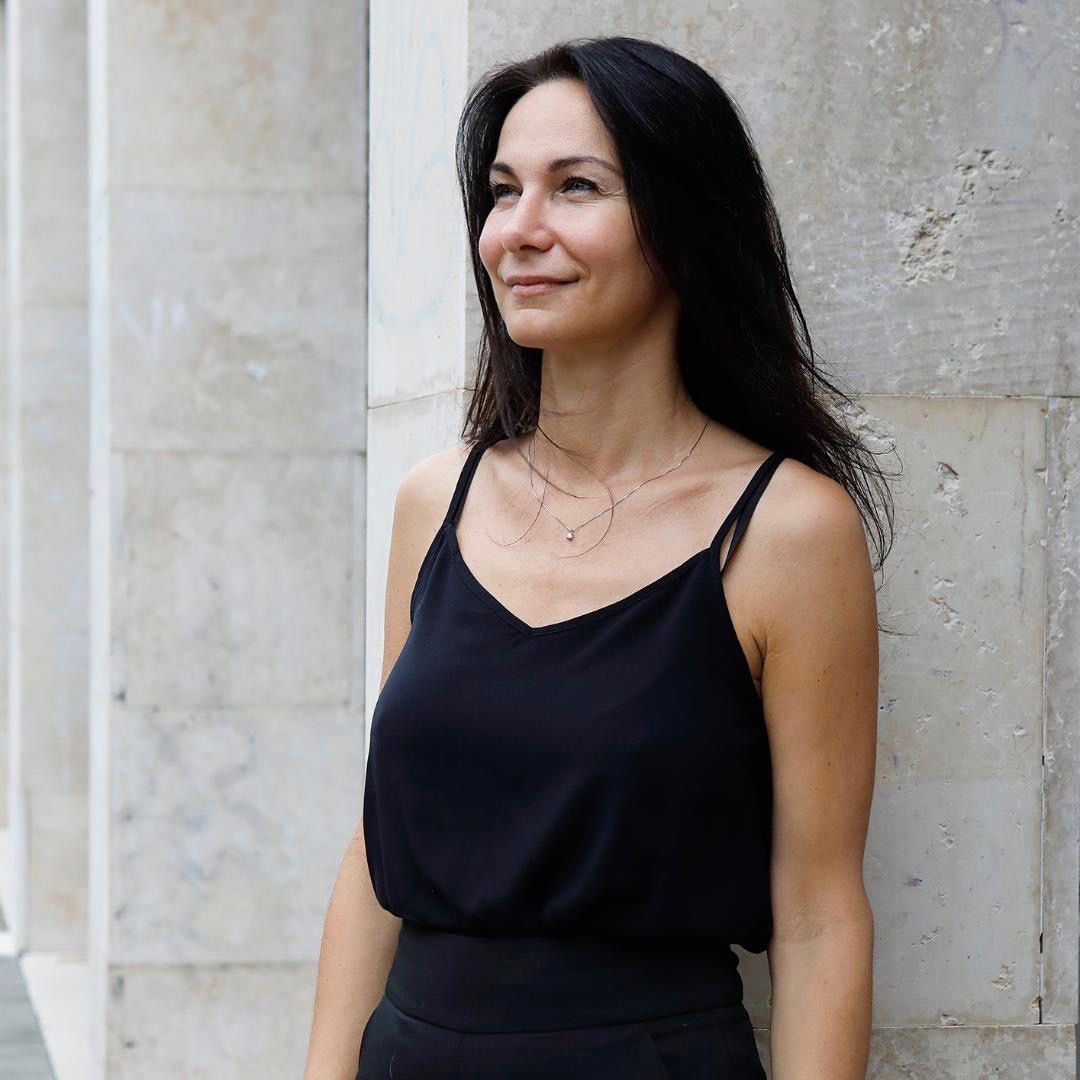
Francesca Guerisoli is Artistic Director at the MAC Museum of Contemporary Art in Lissone and curator of the exhibition programme of the Pietro e Alberto Rossini Foundation, focused on new productions. She collaborates with the curatorial programme of Rome’s Quadriennale and is on the editorial staff of the quarterly “Quaderni d’arte italiana” (Treccani). She teaches “Art and Architecture”, “Languages of Photography” and “Museums, Art Exhibitions and Tourism” at the University of Milan-Bicocca.
